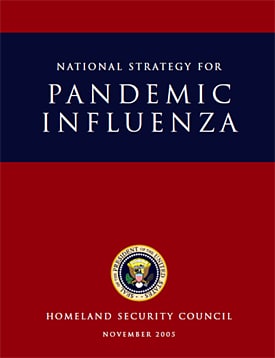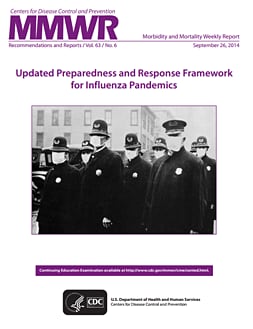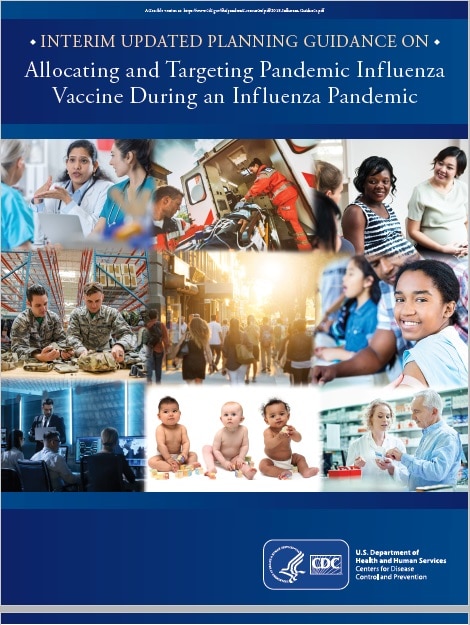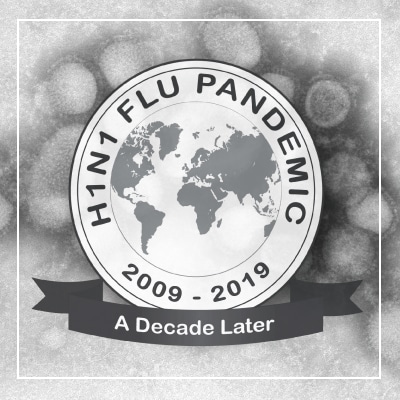National Pandemic Strategy

In 1997, avian influenza A(H5N1) viruses first spread from poultry directly to infect humans in Hong Kong resulting in the deaths of 6 of 18 infected persons. Concerned about the possibility that this A(H5N1) virus could easily infect humans and eventually spread from person-to-person, the World Health Organization (WHO) and United States government increased pandemic preparedness planning. Since 2000, the world has experienced a pandemic and there have been other instances of novel influenza A viruses infecting people, including avian and swine influenza A viruses. An influenza pandemic could place extraordinary demands on public health and health care systems as well as on essential community services. Preparing for such a threat is an important priority.
In 2005, officials at the United States Department of Health and Human Services (HHS) developed a Pandemic Influenza Plan to coordinate and improve efforts to prevent, control, and respond to A(H5N1) viruses as well as other novel influenza A viruses of animal (e.g. from birds or pigs) with pandemic potential. Although it is impossible to predict when the next pandemic will occur, United States government have developed three tools to guide national, state and local planning and response. These tools align with the World Health Organization’s (WHO) global framework of pandemic phases and risk assessment activities for preparedness, response, and recovery.
- Pandemic Intervals Framework (PIF)
- Influenza Risk Assessment Tool (IRAT)
- Pandemic Severity Assessment Framework (PSAF)
National Pandemic Strategy Documents
The following documents guide the United States’ preparedness and response in an influenza pandemic, with the intent of stopping, slowing or otherwise limiting the spread of a pandemic to the United States; limiting the domestic spread of a pandemic, mitigating disease, suffering and death; and sustaining infrastructure and mitigating impact to the economy and the functioning of society.
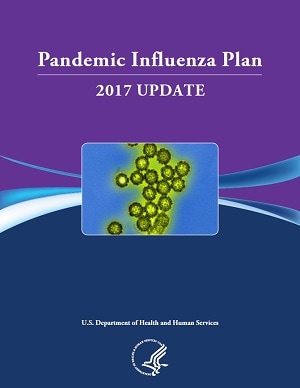
- HHS Pandemic Influenza Plan Update [1.0 MB, 52 pages] (June 2017)
- HHS Pandemic Influenza Plan Update [396 KB, 15 pages] (January, 2009)
- HHS Pandemic Influenza Plan Update [433 KB, 16 pages] (November, 2006)
- HHS Pandemic Influenza Plan Update [1.5 MB, 19 pages] (June, 2006)
